As a fly fisherman and a fly tier, tying artificial flies that look as close as possible to aquatic insects, was always a challenge to me. However, no matter how much one succeeds in imitating them, the questions many would ask is: “Are realistic flies more effective than traditional?” Most fly fisherman come to a quick answer without analyzing in details all possible fishing situations.
Based on my long fly fishing experience, in both, fly fishing and fly tying, I will try to answer this question. This way, I will be sharing my experience, and I hope to provide my honest opinion about realistic flies.
Before we start with different aspects of this question, let’s start with definitions. Traditional flies imitate only certain characteristics of an insect, such as size, color and silhouette. Realistic flies, besides size, color and silhouette, also imitate the other body parts: antenna, tails, eyes, legs, gills, wing pads and abdomen sections.
Types of Fishing Flies
In essence, there are tree groups of flies which imitate aquatic insects, out of which only two are used for fishing:
- Traditional (e.g. classic stonefly nymph pattern) – where only size, color and some silhouette are showing.
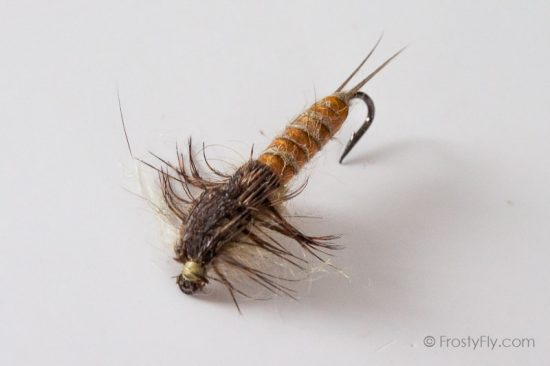
Traditional Stonefly Nymph Tied by Dimitri Ristic - Realistic – that shows size, color, silhouette and most insect body parts.
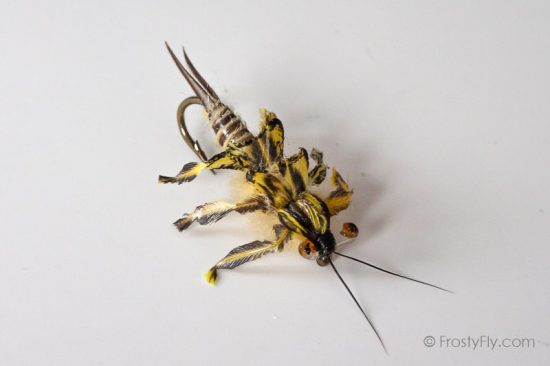
Realistic Stonefly Nymph Tied by Dimitri Ristic some 30 years ago - Super-realistic or Art Flies – the exact imitation of a natural insect – not used for fishing but only as display.
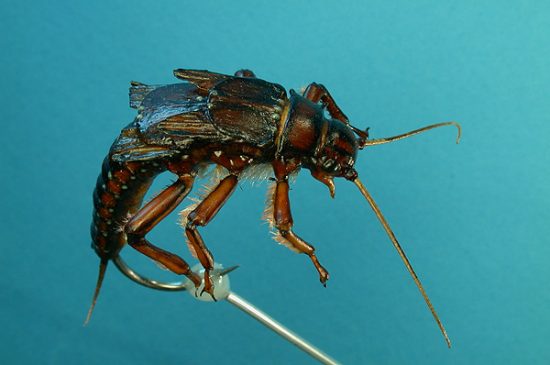
Paul Whillock’ Stonefly Nymph, Photo by Hans Weilenmann
Fishing Realistic Flies vs. Traditional Flies
To answer our question, let’s look at some of the most important points of the realistic flies vs. traditional flies dilemma?
Point #1: The effectiveness
What is the hookup rate using realistic flies in comparison to the rate when traditional flies are used?
To answer this correctly, we would need to assess one specific fishing situation and present both flies in the same manner to the fish. Let’s say we are fishing slow riffles and flat water. The mayfly insect, which we are imitating, is in action (hatching), and trout are feeding on them. If we take, for example, a realistic dry fly (let’s say a realistic mayfly Hendrickson) and a traditional mayfly pattern, and present both flies in the same manner to the fish. The hookup rate using realistic fly would be, in most cases, two times higher than the hookup rate when using the traditional flies. The reason behind this is in the fact that the realistic fly resembles the natural insect better in shape, size, silhouette, and especially the details. Given that the fish is offered an abundance of meals, all looking the same, it naturally becomes more selective and presenting a pattern that easily stands out from the ‘crowd’ is not your best strategy. You would want your fly to blend in, as much as possible, to look the part. On the other hand, for faster waters, when there is no hatching going on, the hookup rate would be somewhat equal between the realistic and traditional patterns. A fish, due to tumbling water, has less time to make out all the details of its pray, the food is scarce and there is nothing to compare the meal to, so even less authentic looking fly would work.
Point #2: The ease of tying
How complicated it is to tie with modern fly tying, realistic materials and how good of the results can one achieve?
With the availability of modern fly tying materials and insect body parts, there have been huge advancement in the world of realistic fly tying. I have tried many of the products offered by Frosty Fly, all excellent quality, both, the realistic insects, and realistic materials and body parts. Thanks to such selection, tying realistic flies today is easy and simple, and does not take more time than tying traditional flies. With some of the materials, you get the results even faster, and those results are closer to mother nature.
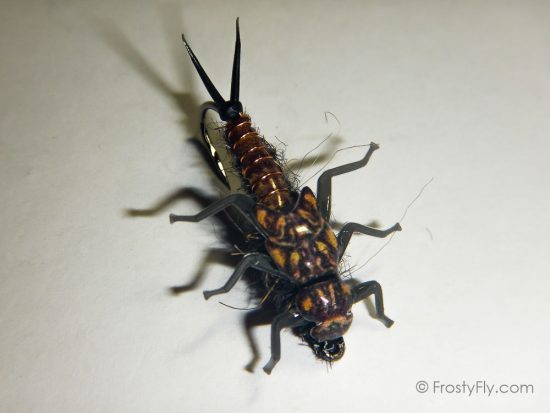
Point # 3: The authenticity
How do nymph patterns tied with realistic materials compare to the traditionally tied patterns? I’ve heard of a concern that realistic nymphs are too stiff.
This all depends on how is realistic nymph tied, and what other materials, in combination with body parts, are used. In general, realistic nymph should be far more effective than traditional pattern. The reason for that is that body parts, such as legs, tail, antennas, gills and eyes, are trigger factors, and if nymph is properly moved through the water, hookup rate will be much higher than with traditional nymphs. When selecting realistic fly tying materials, look for ones that resemble the natural aquatic insects in not just the looks, but also the ‘feel’ and how they move when in water.
The Conclusion
Fishing and tying realistic flies today is a revolution in fly fishing world, same as it was in 1950, when Art Flick and others introduced to us Catskill semi-realistic patterns imitating aquatic insects. Fishing realistic flies will, in many situations, show as more effective than fishing traditional flies. If you haven’t already, I would recommend you start adding realistic style flies to your fly box.

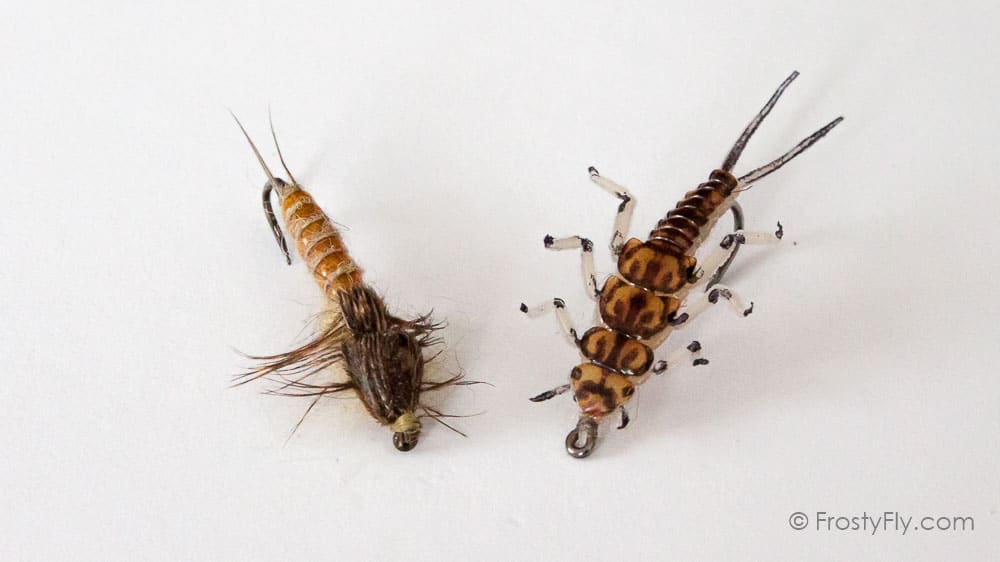
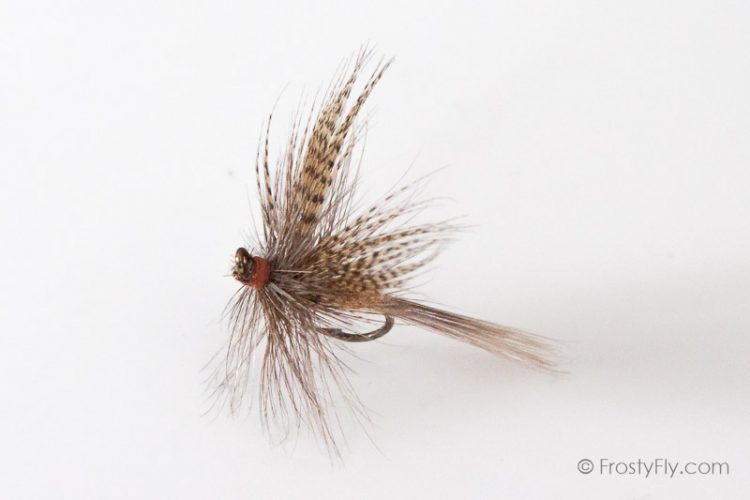
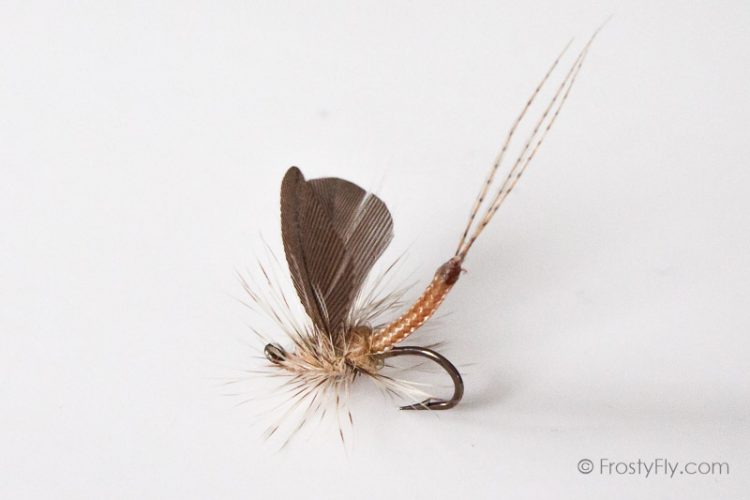
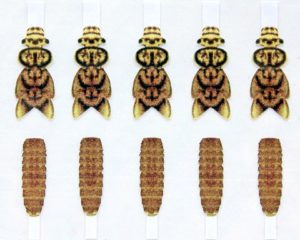

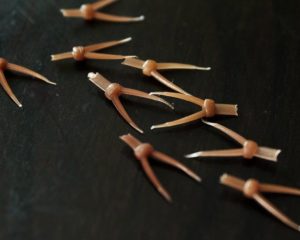
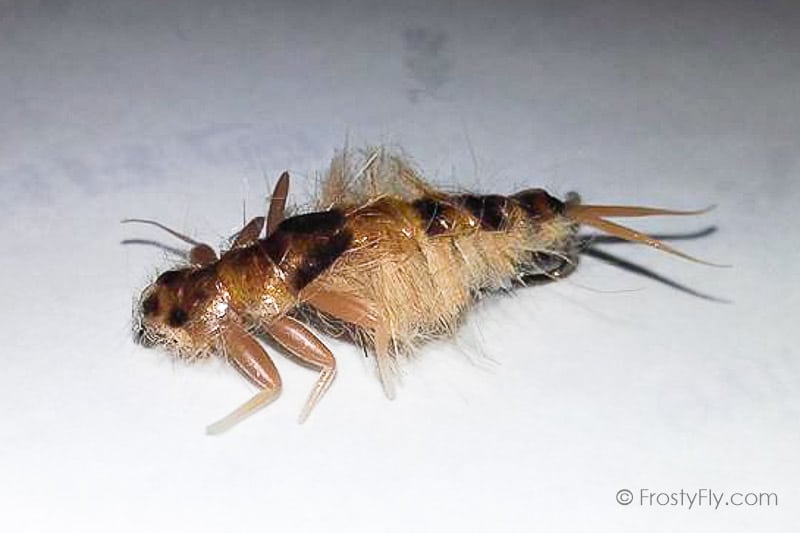
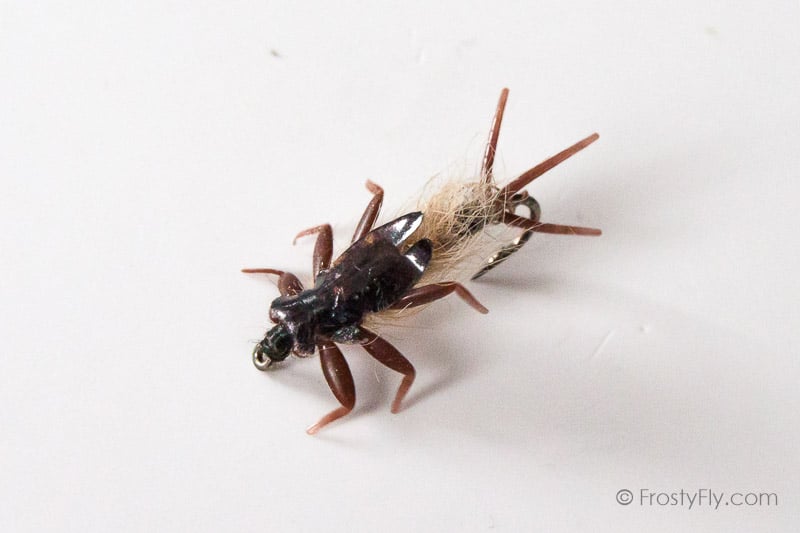

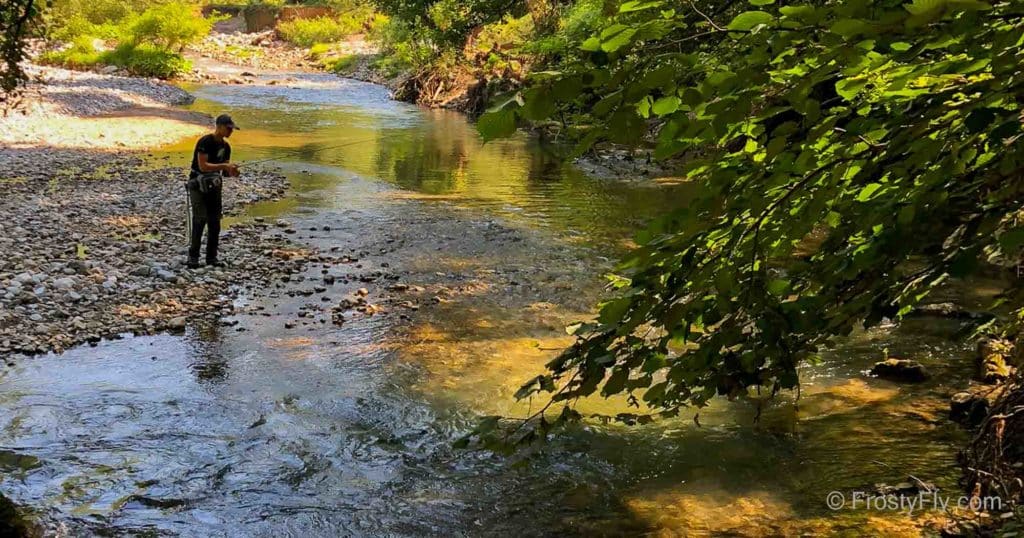
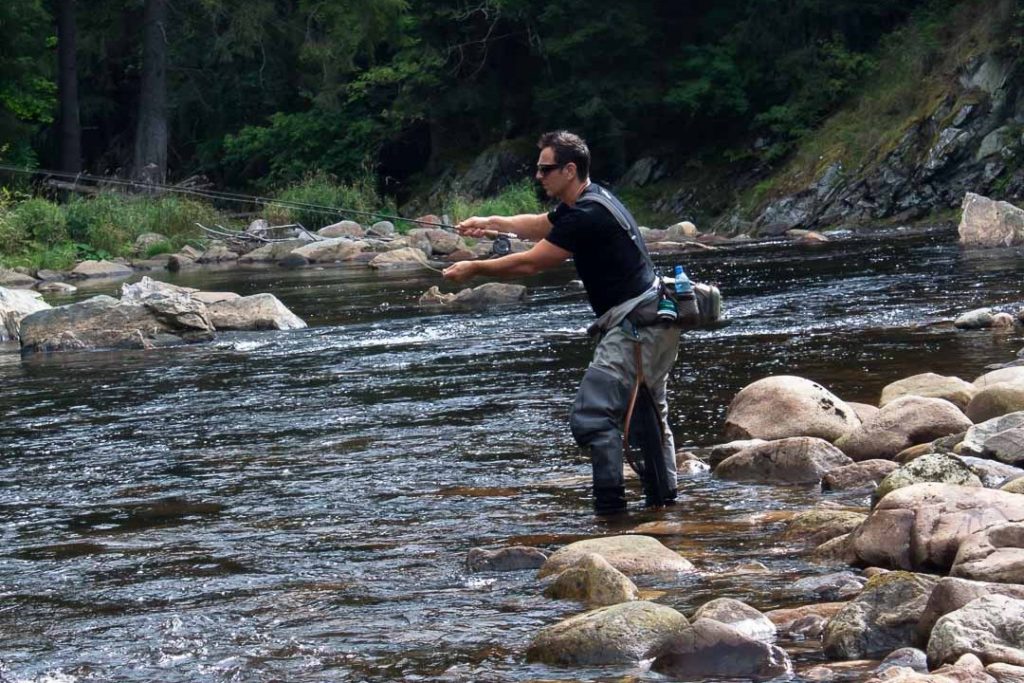
Where can I get these body parts for all the bugs ie mayfly,stonefly, and More importantly caddis. I have 37yrs of flyfishing and tying need these to copy what I need to fish as I agreed a long time ago that realistic bugs was the answer. Is there any free samples for this elder to try out.
Thank you very much for your comment. You can find a great selection of realistic fly tying materials here: https://frostyfly.com/shop/category/fly-tying-materials/